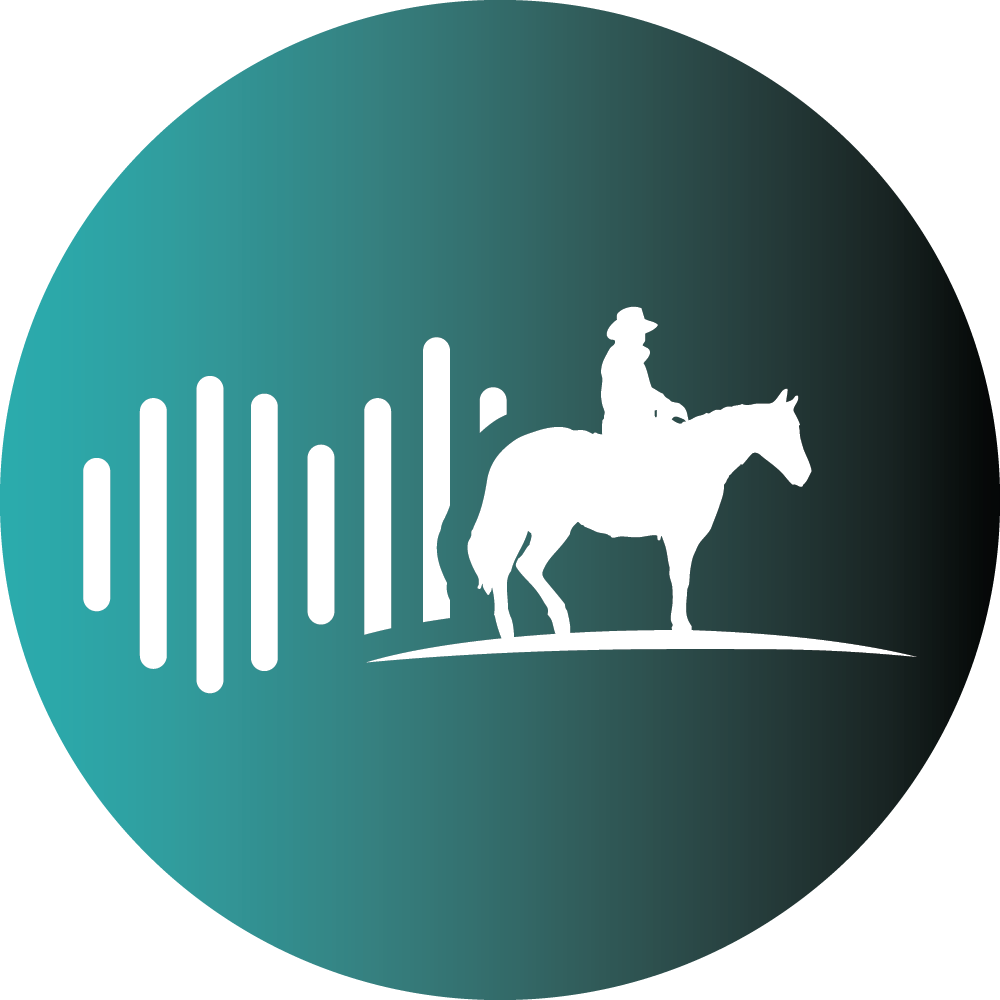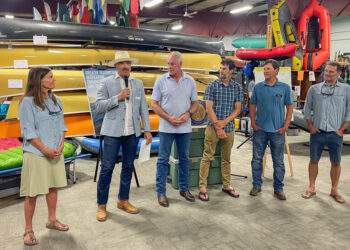The 2012 Farm Bill may change the future for Cok Dairy
By Cotton Sarjahani Explorebigsky.com Contributor
Dairy farming runs in Bill Cok’s family.
His father helped start the Gallatin Valley
Creamery Cooperative in the 1950s,
and Cok and his brother partnered
in a dairy farm together in the 1980s.
After purchasing 120 acres outside of
Churchill, Cok started a dairy herd of
his own in 1992, and hasn’t looked
back.
Today, Cok Dairy is a thriving agricultural
operation that includes eggs,
dairy, beef, alfalfa, corn, barley, winter
wheat and spring wheat. Cok and his
wife now own 600 acres in the Gallatin
Valley and lease another 700 . Three
of their four sons help with the family
business.
Just a few hundred yards from the
Cok’s farmhouse, the dairy herd feeds
in a pen, and the hens scratch at the
ground for bugs. The Coks milk their
herd twice daily, and the sanitized
milking parlor is right near the cows’
feeding pen. Next door, the holding
tanks have a 1,250-gallon capacity and
are filled with milk every other day.
Another 100 yards up the property are
cylindrical metal grain bins and rows
of corn.
In today’s efficiency driven economy,
few farmers are willing or able to
diversify themselves in this manner.
However, co-habitation of crops and
livestock is a method that many argue
is essential for ecological and economic
resilience in an agricultural setting.
Surviving in a small operation
requires diversification, Cok says,
as well as the ability to roll with the
punches and, when possible, move to
new technology.
Cok credits his Holstein dairy heifers
for providing the farm’s foundation. Today,
the family sells milk from a herd of
100 cows to the agricultural marketing
cooperative, Darigold, Inc., a subsidiary
of Northwest Dairy Association.
An enormous smile stretches across
Cok’s face as he talked about the farm’s
production this year. “This was one of
those once in a decade years… the type
when you actually get caught up or
finally get ahead,” he said.
Unlike many commercial dairies, the
Coks raise their own feed. Lactating
dairy heifers require an energy-dense
diet to meet the production demands of
a commercial operation, and many dairy
farmers are vulnerable to price fluctuation
in the grain commodities because
they source feed externally.
When commodity feed costs increase,
the cost of commodity milk* subsequently
increases because most dairy
farmers externally source their feed. In
the Coks’ case, the value of their milk
increases, and they remain insulated
from feed cost fluctuations, barring
fossil fuel costs associated with feed
production.
Getting to the point of finally
having their system dialed has
taken nearly three decades with
very few days off.
“The hardest part about being
a dairy farmer is that you’re on call
24-7. We’ve taken off maybe three
or four times to go to weddings since
1983,” Cok said. “You really have to be
around [the cows] every day to know
and understand their needs, so it’s not
easy to just find someone to take care of
them if you want to take off.”

In addition to the demanding lifestyle,
dairy farmers are also at the mercy of
nature, the market, and state and federal
policy.
Federal dairy farming policy has a complex
history that’s changed many times
since the Agricultural Act of 1949
created a purchase program to maintain
a floor for the price of milk. This price
support system has not always been
effective, and the past 30 years in particular
have been a market rollercoaster
for dairy farmers.
The system is a market intervention
program, in which the federal
government purchases nonperishable
dairy products like cheese, butter and
nonfat dry milk from processors at
set intervention prices. When market
prices exceed intervention prices, the
support program remains inactive. It’s
activated when the supply exceeds
demand at the intervention prices,
thus preventing a drop in market
prices that would be necessary to
move the excess supply.
The U.S. all-milk price in May 2008
was $18.30/hundredweight. A year
later it was $11.60. Since 2009, the
price has increased to its all-time high
of $20.16. While this is good for dairy
producers in 2011, the historic volatility
of the market makes it difficult to
rest easy. Many agricultural economists
expect prices to dramatically decrease in
the next one to three years.
The Farm Bill, the most powerful legislation
governing federal farm and food
policy, covers a range of programs and
provisions, and undergoes review and
renewal roughly every five years.
The 2008 Farm Bill supported commodity
crops, horticulture and
livestock, conservation, nutrition, trade
and food aid, agricultural research, farm
credit, rural development, energy and
forestry. It hasn’t, however, solved the
dairy industry’s volatility. The industry
has, in fact, experienced upheaval since
the bill’s enactment, according to recent
policy analysis**.
With the 2012 Farm Bill around the
corner, dairy farmers and advocates
must be informed in a manner that
allows participation in the legislative
process. Congress will begin looking in
earnest at the new bill in January 2012,
and make a final decision in April. The
federal budget deficit will no doubt
shape the legislation.
Cok isn’t sure the new legislation will
help dairy farmers. One proposed bill,
he says, will remove the floor on the
price of milk, and instead ask farmers to
buy margin insurance that would cover
losses if the price of milk drops.
“I’m not really in favor of that,” he said.
“It’s complicated because it depends
on the price of feed and the amount of
milk produced [nationwide]…I
don’t see why they want to put it
on the backs of the farmers.”
Regardless, Cok loves farming, and
in particular, being his own boss.
“I don’t have to listen to anybody
telling me what to do,” he said.
Every day is swamped with work, but
it’s ever changing, and is physically and
intellectually stimulating. As each day
unfolds, Cok assesses and prioritizes his
actions based on 30 years of experience. He and his family coordinate on a
daily basis, collaborating with nature to
produce nourishment for thousands of
fellow humans.
Federal intervention has impacted dairy
farmers and their families over the past
six decades, and it hasn’t always been
beneficial. Participating and staying
informed of the legislative process may
help create a more stable market for
U.S. dairy producers.
* Cheese and dry milk (rather than fluid milk) set the cost for commodity milk
** Research conducted by the University of Wisconsin and the Food and Agricultural Policy Research Institute at the University of Missouri
For more information about the 2012 Farm Bill, visit the following links:
The Institute for Agriculture and Trade Policy Farm Bill
The National Sustainable Agriculture Coalition’s 2012 Farm Bill Archives
—-
Cotton Sarjahani completed his Masters in Health and Human Development with an emphasis on Sustainable Food Systems from MSU-Bozeman in 2011. This story was first published in the winter 2011/12 issue of Mountain Outlaw magazine.














